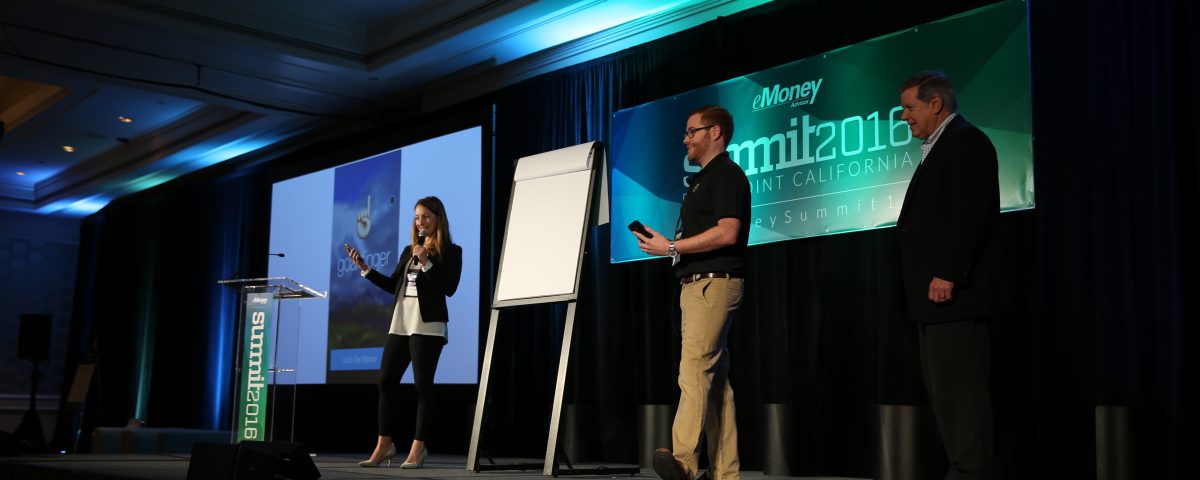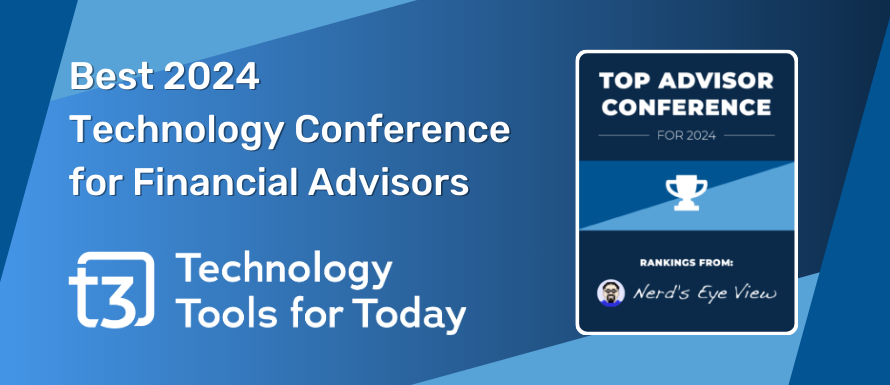The eMoney Hackathon
The eMoney Hackathon

INNOVATION BY DESIGN
In a bold move, eMoney hosted its first eMoney Hackathon in conjunction with the recently concluded eMoney annual users conference. I served as one of three judges at the event. While the full impact and benefit of the hackathon to users of eMoney may not be felt for several months, it was clear to me that the hackathon was a major success.
The eMoney Hackathon differed significantly from the Orion FUSE hackathon that some readers may be familiar with. The Orion event brings together developers from Orion and developers from a few dozen of their software integration partners. The goal is to create new integrations between Orion and the partners, or to significantly enhance existing integrations.
In contrast, the intent of the eMoney hackathon is to bring together eMoney developers and eMoney advisor clients to create innovative solutions to a real product challenge at eMoney. Four cross-functional teams of eMoney employees and summit guests, primarily financial advisors, were invited to spend the three days of the summit collaborating, thinking, and building their proposed solutions to compete with each other for the best and most innovative idea. I’m aware of numerous instances of software firms in the industry collaborating with large institutional clients to create new features or functionality, but inviting advisors who spend their time working directly with clients to participate in collaborative development at a hackathon is rare if not unique.
All teams were given some general guidance on what to build in order to give the hackathon some focus. The topic the teams were instructed to address was “Collaborative Planning” and the model client they were told to build for was “David: The Successful Millennial”. The goal was to build, over the course of the conference, a clickable prototype of a solution that demonstrates the design concepts, features, functions and workflows that the finished product would be expected to incorporate.
The prototypes were to be judged on a combination of the following: most innovative solution, utility to the advisor, and utility to the client. The judges scores were to represent 50% of the total score, with the other 50% coming from voting by the audience. This allowed the advisors who were not members of a hackathon team to have some input into the final outcome.
To their credit, all four of the teams competing in the event took their assignment seriously and worked diligently to come up with a creative, yet meaningful solution. Although the competition was of the good natured sort, it became apparent that the eMoney developers on all four teams craved the bragging rights that a first place finish would bestow upon them. So, while the advisors provided much of the conceptual guidance for the teams, it was the developers who worked into the wee hours to fashion those design concepts into a working prototype.
Given the fact that the focus of this exercise was to design a product with a Millennial focus, it was not entirely surprising that all four teams created mobile apps. There were a number of other recurring themes across multiple teams. These included ease of use, financial goal setting/monitoring, advisor/client communication, lead generation, and DoL compliance related issues.
The competition among the teams was fierce, but the three judges, Ed O’Brien, Bill Winterberg and Joel Bruckenstein unanimously agreed upon a winner. The votes from the audience confirmed the judges’ selection. The winning team developed a prototype app named GoalFinger. It used a Tinder style interface which allows clients and prospects to create goals by swiping from a list of goals to one side to include a goal in a plan, and swiping the opposite direction to exclude a goal. Demographic data entry was minimized by pulling in data from social media sites. Financial data was obtained through data aggregation. The app used eMoney’s goal solving capabilities to automatically create a basic plan for meeting the goals specified, which the advisor can then tweak and approve before the end user has access to it.
Other app features included automated appointment scheduling through the app and the ability for the consumer to ask voice questions of the app and receive answers (e.g.-if I want to retire a year earlier, how much more do I need to save monthly?). The winning team included:
- Gene Gurley – Miller Equity Capital Partners
- Todd Jones – CAPTRUST
- Dana McLaughlin – Beirne Wealth Consulting
- Kenneth Painter – KPLL Private Wealth
- Lisa Burns – Fidelity
- Megan Kelly – Bridgewater Financial Management
Although only one team could win, the judges agreed that aspects of each team’s design had merit. I will not reveal the innovations proposed by other teams, since they were not made public during the conference, but suffice it to say that at least one aspect of each team’s design was significant enough, in my opinion, to vie for a spot on eMoney’s developmental roadmap.
The first annual eMoney Hackathon was great deal of fun for all those who participated, but it also had a serious side. It allowed advisors to collaborate with developers in a way that you rarely see in this industry. It allowed all participants to imagine a new, better way of delivering financial advice to clients. Perhaps most importantly, it gave advisors a sense of how diligently the developers, who work tirelessly behind the scenes, create the software that so many of us take for granted.




